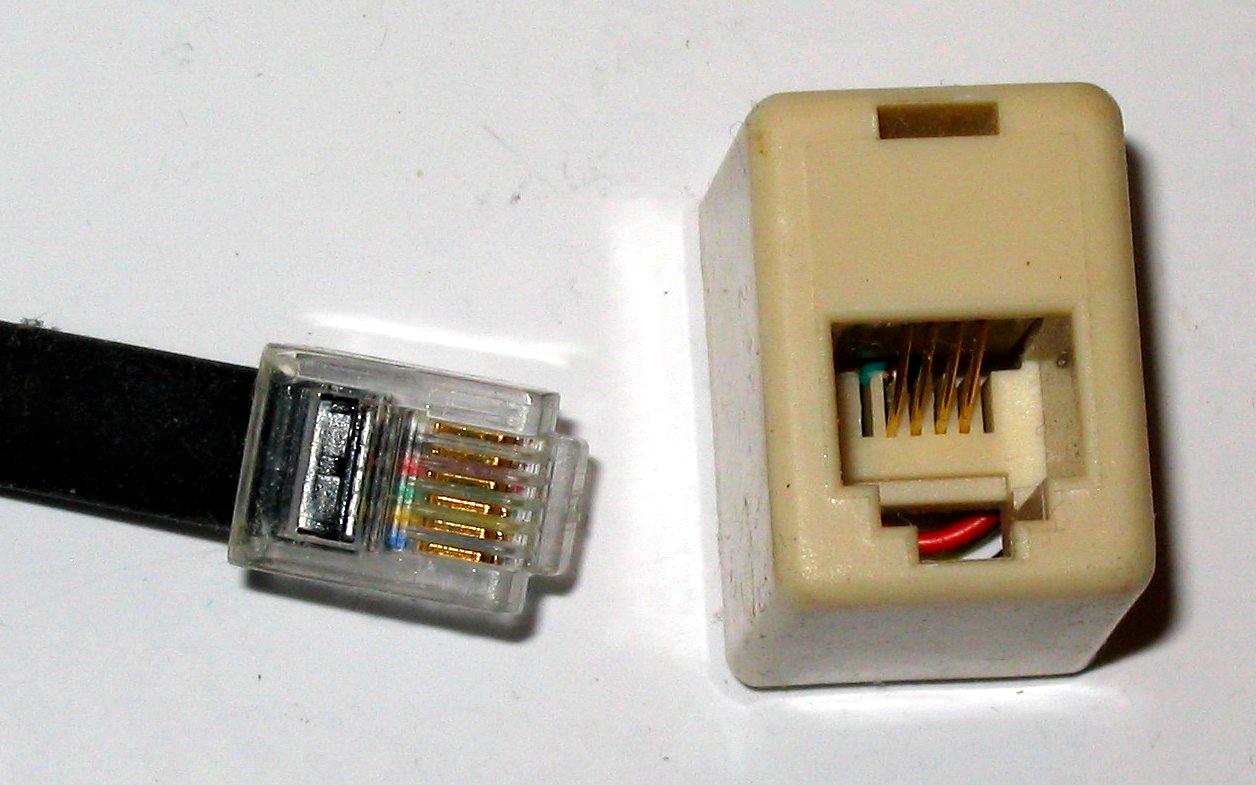Have You Heard? Rs485 Cable Is Your Best Bet To Grow
페이지 정보

본문
The shielding may be braided (be formed by a mesh of thin conducting wires) or be a foil (consisting of a sheet of metal wound around the conductors): the two types are equivalent. For example, Belden 3105A cable can be specified, but different types of cable with equivalent characteristics can be used. It is easy to switch between different connectors and interface types. All headers are on a 0.1" grid to allow accessory proto-boards to span multiple connectors if needed. The power input connector can be a coaxial barrel connector, a 2-pin terminal block, or a MTA-100 connector or 0.1" spacing header. You have to power up the slaves before the master, since the RS485 master searches for slaves only at startup. With RS485 it is possible to set-up a multi-point application with one master and several slaves. According to the EIA there is a maximum of 32 Unit Loads on one cable segment. Common telephone cable is often twisted.
The cable to be used is a shielded twisted pair (telephone type). For master configuration choose "Master" as type and input the addresses of the slaves in the RS485 bus as a comma separated list. The Master Brick has to be restarted to apply the new configuration. At the end, press "Save RS485 Configuration" to save the configuration permanently on the RS485 Extension. To configure a RS485 Extension you first have to choose the baud rate, parity and stop bits. Confirm serial port parameters such as baud rate, data bits, and stop bits: Baud rate should be configured according to the connected RS485 device, commonly used rates are 9600 and 115200; Refer to the device manual or contact RS485 device technical support for configuration, especially if set to Modbus mode, confirm if the function code matches. Each device has a communication port with two terminals, which are indicated for the sake of convenience as A and B. In these two terminals the communication cable is connected so that all the devices that take part in the communication are connected in parallel. The cabling of the industrial communication systems (Modbus RS485) is different in some ways from the cabling used for power cabling and the electrician may experience some difficulties if he is not an expert in Modbus communication networks.
In order to increase the extent of the Modbus network, repeaters can be used; and signal amplifying and regenerating devices provided with two communication ports that transfer to each what they receive from the other. In order to avoid errors when many devices are connected, cables of the same colour should be used for all the connections to the terminals A and cables of the same colour should be used for all the connections to the terminals B of the various devices (e.g. white for A and blue for B). In order to avoid signal reflections, a 120 Ohm termination resistance must be fitted on each end of the main cable. All the other Master Bricks with RS485 Extension must not have a USB, Ethernet or WIFI connection (they can use a USB Power Supply). If you want to change something in your bus, e.g. add new Bricks or Bricklets, you have to power down the stack you would like to change, change it and repower it. The Master Brick of each stack has to be the lowermost Brick (except if you are using a Power Supply). This is an unpopulated board and no parts are included. The AVR1284-3U board uses removable UART interfaces called ComBoards.
There are modules for RS323-DCE (DB9F), RS232-DTE (DB9M), and RS485 interfaces. All the interfaces are brought out to various connectors to easily hook up to accessory boards and peripheral ICs. There are 6 uncommitted lines on the headers if you want to add additional signals to the ribbon cable. When in full RS232 mode, the six available pins are assigned to the most used RS232 signals. The BOM (bill of materials) and schematic diagram are available below to construct the circuit. The RS232-RS485 adapter circuit diagram is show below, RS232 DB9 is used as the RS232 port, while only a terminal block is used as RS485 connector. If your PC or controller only has RS232 port then you need an RS232 to RS485 converter or adapter for your PC or controller. RS485 master is the Master Brick which has a USB, Ethernet or WIFI connection to the PC running brickd. Connect the Master Brick via USB, Ethernet or WIFI with your PC and start the Brick Viewer software. You should now be able to see all connected stacks in the Brick Viewer.
In case you have almost any concerns about where by in addition to how you can utilize rs485 cable, you'll be able to call us on our web site.

- 이전글7 Helpful Tricks To Making The Most Out Of Your Malpractice Case 24.07.14
- 다음글сөзжасам кітап - синтетикалық сөзжасам мысал 24.07.14
댓글목록
등록된 댓글이 없습니다.